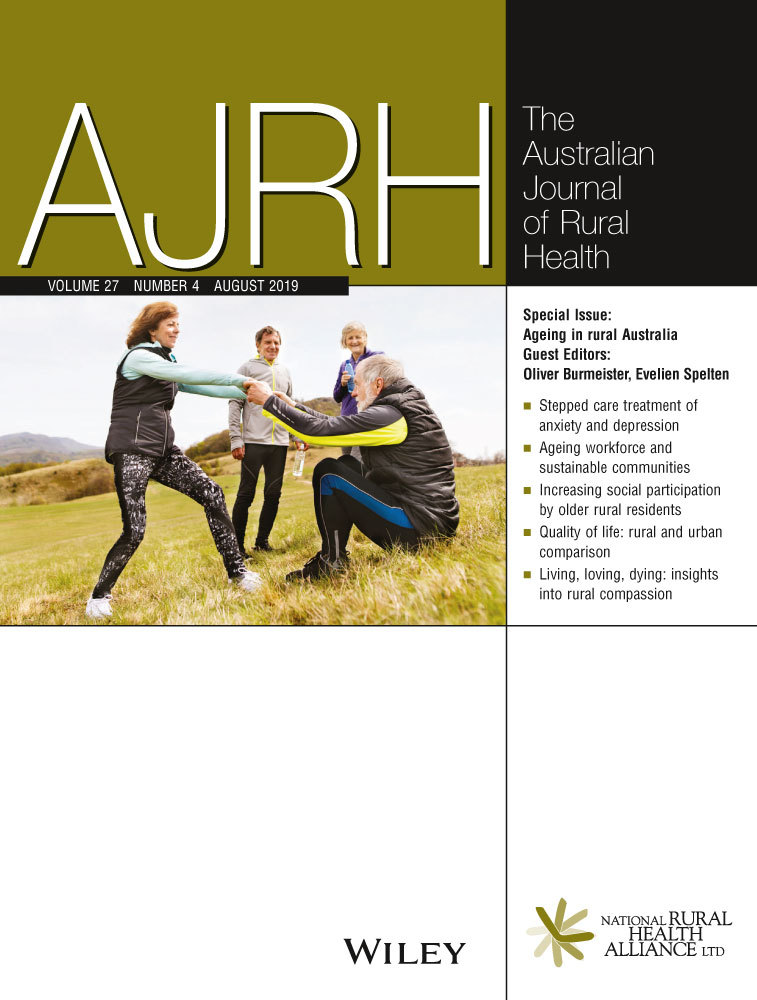Swallowing disorders in an older fractured hip population
Abstract
Objective
Dysphagia is prevalent in the older population and might lead to complications, such as pneumonia, malnutrition and dehydration. This study examines an older population post hip-fracture surgery to examine the factors correlated with dysphagia, severity of dysphagia and the incidence of dysphagia in a regional setting.
Design
This prospective cohort study replicates Love et al's (2013, Age Ageing, 42:782) and compares the studies' results. Participants were assessed for dysphagia within 72 hours post hip-fracture surgery. Descriptive statistics were used to calculate the incidence and severity of dysphagia, and collate pre-operative and post-operative characteristics. Univariate and multivariate logistic regression analyses were used to describe relationships between dysphagia and explanatory variables, and to predict the presence of post-operative oropharyngeal dysphagia.
Setting
General orthopaedic ward at a North Queensland regional hospital.
Participants
One-hundred-three participants: 78 women and 25 men, aged 65-94 years.
Main outcome measure(s)
The presence and severity of dysphagia were identified based on the clinical judgement of speech pathologists with at least 2 years' experience in managing patients with acute dysphagia.
Result
Fifty-four per cent of the participants were diagnosed with dysphagia of varying severity. Female sex, post-operative confusion and living in a residential aged-care facility prior to admission, significantly predicted dysphagia post-surgery. Post-operative confusion and living in a residential aged-care facility prior to admission, were also significantly correlated with severity of dysphagia post-operatively.
Conclusion
Dysphagia was present in a higher proportion of this cohort than that reported by Love et al. This highlights the necessity of timely assessment and management of dysphagia in an older population post-surgery for a fractured hip.
CONFLICTS OF INTEREST
None declared.




